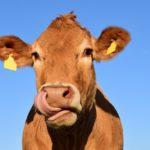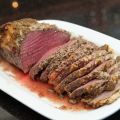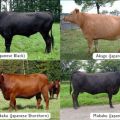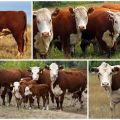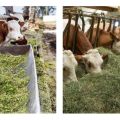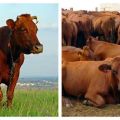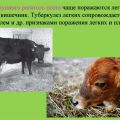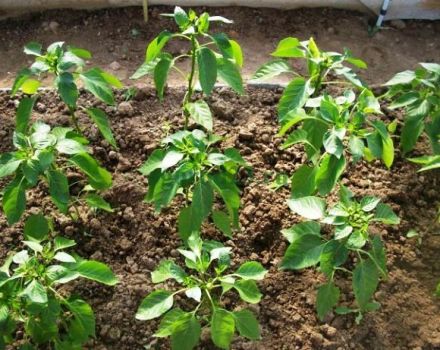Why cow meat is called not cow meat, but beef and the etymology of the word
The word "beef" is familiar to all food lovers. If you remember other types of meat, for example, lamb, pork, then by the names you can find out about their origin. But it is not clear why the meat of a cow or a bull is called beef. This question was even asked on a "direct line" with the President of Russia on June 7, 2018. The answer was not announced then, but later linguists explained the origin of the term.
Why is cow meat called beef and not cow meat?
The mystery lies in the Old Church Slavonic language. In ancient times, cows and bulls were called with the same word "beef" or "govedo". So beef is meat taken from beef. Over time, the word disappeared from the speech circulation, but its derivative remained to denote meat products.
According to Dahl, mainly bulls were called beefs. In the Middle Ages, the meat of bulls was consumed, the cow was taken care of to obtain milk. But in the designation of meat products, the division into masculine and feminine gender is not used. Also, bull meat is of higher quality than that of a cow.
If you follow the name of the cow in many languages of the world, you will find a striking similarity to "gou". The table shows how the word "cow" sounds in some Indo-European groups.
| Tongue | The word "cow" |
| English | cow |
| Norwegian | ku |
| German | kuh |
| Tajik | gov |
| Armenian | Կով (kov) |
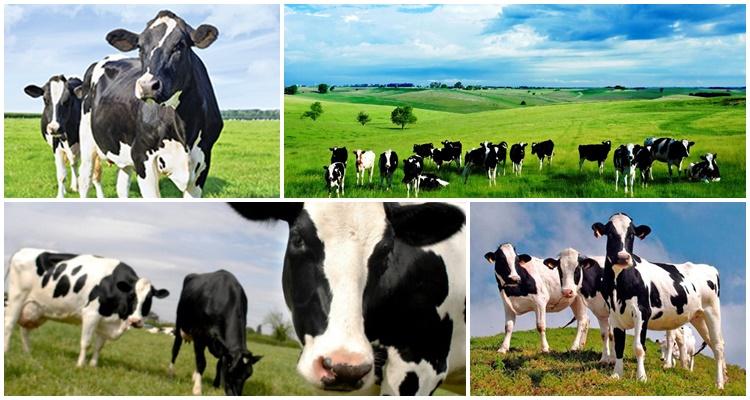
Later "govedo" was supplanted by "bulls" in all Slavic languages. Now from this term is "beef".
Is the old name for bulls used today?
In Russian today, "beef" is practically not used. You can find it in religious literature, in old annals. It is also present in the works of writers, for example, in the poem by A. K. Tolstoy "Sometimes merry May ...", written in 1871, there are lines:
"Where would be fatty beef
We were fed for roast. "
The word was supplanted from the Russian language by the abbreviation KRS at the beginning of the 20th century, sometimes it can be heard in Siberian dialects. In some Slavic languages "beef" or "govedo" is used to refer to cattle. So, in the Bulgarian speech the cattle is called "govedo", and in the Slovenian - "govedo".
What is calf meat called?
Cattle meat is called beef. Apart from linguistic reasons, there is another reason for this "disguise". The meat of the cow is inferior in taste to the products from the bull.
Therefore, the cow was rarely taken to slaughter.By combining cattle products under one word, you can sell second-class meat under the guise of quality.
Calves are the best “source” of premium meats called “veal”. In Western countries, veal or bull products are used for cooking. They have no concept of "beef". Cows and oxen are considered second-rate raw materials. Restaurants and cafes usually prepare dishes from veal, less often from bulls.
In Russia, in cooking, beef is divided into 3 types:
- Veal - meat from calves that are not less than 2 weeks old and not older than 3 months. The highest quality and most delicious product.
- Young beef - carcasses of calves not less than 3 months old and not older than 3 years.
- Beef - meat products from cattle over 3 years old.
The most prized variety of marbled veal. For this, young cattle are fed on a special diet. As a result, the meat is red, with stripes of fat, which resembles a pattern on marble. The word "beef" is so ingrained in everyday life that most people do not assume that the term has an interesting etymology. The term that has passed through the centuries reveals the general pages of world history.


